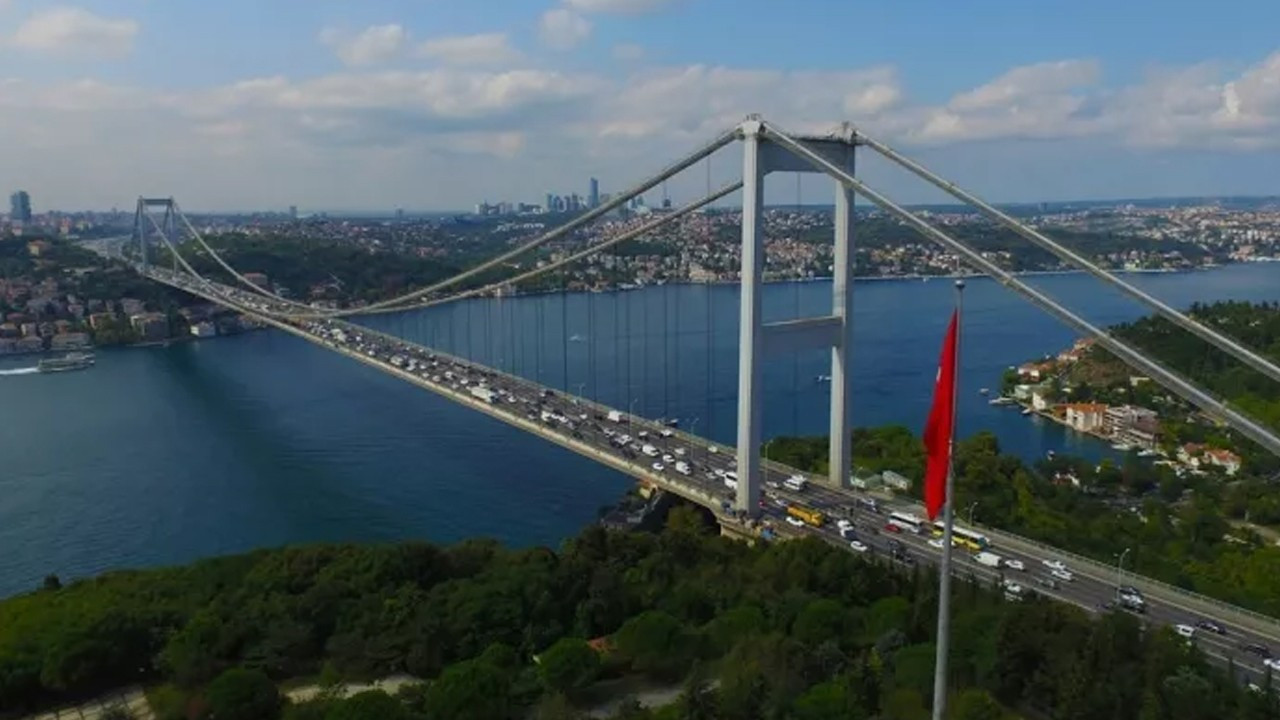Turkish court audit reveals how burning of 11 construction workers was covered up
An audit by the Turkish Court of Accounts has revealed that the burning of 11 workers in a tunnel construction carried out by a pro-government company was covered up.
Bahadır Özgür / DUVAR
The burning of 11 workers during a tunnel construction by a pro-government company in Turkey's Black Sea region was covered up, a Court of Accounts audit has revealed.
The construction malpractice in the mountain tunnel that collapsed on Sept. 24, 2020 led to the death of one worker, while injuring 10 others.
The Kop Mountain Passage Tunnel was a project by Bayburt Group, known for its close ties to the ruling Justice and Development Party (AKP), and its tender was held in 2011.
Construction on the tunnel started in 2012, eight years before an explosion blew up the structure and captivated nearly a dozen workers under the rubble.
Expert inspections of the incident revealed that the explosion on Sept. 24, 2020 was caused by a gas leak that was detected in a 2016 report by the General Directorate of Highways.
Methane and carbon monoxide were detected in the inspection by the highway authority that encouraged a suspension of the construction over safety concerns.
The highway authority suggested a system be implemented to constantly measure gas levels, cut electricity to the circuit if gas mass reaches risky levels, and for release systems to be placed.
Bayburt Group ignored all warnings by the highway authority, but another report dated Sept. 11, 2017 showed dangerous levels of gas inside the tunnel and a lack of air circulation to ensure proper release.
Post-accident evaluation finds company culpable
A Court of Accounts inspection showed that the recommended control systems were not put in place, regular measurements of gas mass were neglected and that the necessary protection systems were not implemented in the electrical circuits.
Air circulation in the tunnel was reportedly insufficient, the Court of Accounts report found, and that any and all recommendations to improve work safety were overlooked by the company.
The inspection found Bayburt Group to be the primary negligent party in the fatal explosion, but the company tried to veil their error by presenting proof of purchasing proper ventilation systems for the tunnel.
However, the proof of payment for the air circulation systems was noted as five days after the accident, possibly hinting towards forgery in official documents.
The highway authority's defense against the Court of Accounts accusations was that the accident didn't occur in the part of the tunnel that was found risky in 2016 and that this meant they had no part in the disaster.

 Pro-gov't company granted 500 mln lira tender to mend Istanbul bridgeDomestic
Pro-gov't company granted 500 mln lira tender to mend Istanbul bridgeDomestic Pro-gov't daily admits to circulating fake news during 2013 Gezi protestsMedia
Pro-gov't daily admits to circulating fake news during 2013 Gezi protestsMedia